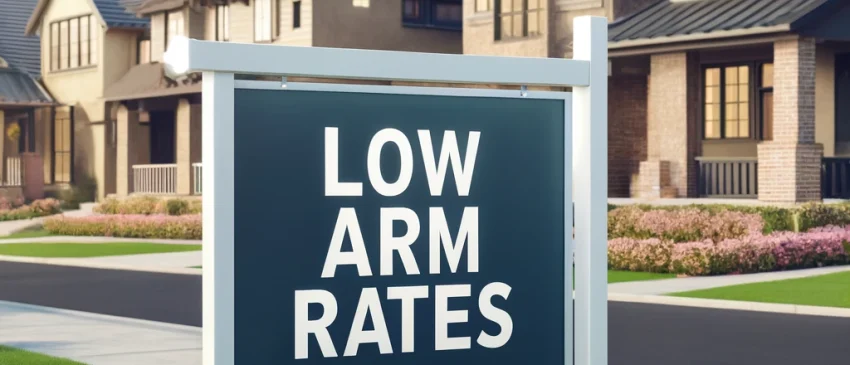Navigating the Housing Market: The Rise of Adjustable-Rate Mortgages
As interest rates climb, borrowers are increasingly turning to Adjustable-Rate Mortgages (ARMs) in search of more affordable home financing options. This shift reflects a broader trend in the mortgage industry, where flexibility and affordability have become paramount for homebuyers facing a volatile economic climate. This blog delves into the reasons behind the growing preference for ARMs and what this trend means for potential homeowners.
The Growing Appeal of Adjustable-Rate Mortgages
Adjustable-Rate Mortgages are uniquely structured to offer an initial period of low interest rates, followed by periodic adjustments that align with market trends. Typically, this period of low rates lasts for 5, 7, or 10 years, making the initial costs of purchasing a home more manageable compared to fixed-rate mortgages. The appeal of ARMs is particularly strong in a market where traditional mortgage rates are on the rise, as they initially present a more cost-effective alternative.
Why Borrowers are Choosing ARMs
Several key factors are driving the increased adoption of ARMs:
- Rising Interest Rates: With the Federal Reserve’s rate hikes to combat inflation, long-term fixed mortgage rates have surged, pushing borrowers to consider ARMs as a less expensive option in the short term.
- Home Price Inflation: As home prices continue to climb, the lower initial payments of ARMs make homeownership more attainable for individuals who might otherwise be priced out of the market.
- Flexibility: For buyers who anticipate a future income increase or plan to move or refinance before the initial rate period ends, ARMs offer an attractive level of flexibility that fixed-rate mortgages can’t match.
Market Trends and Data Insights
Recent data from financial institutions and mortgage analysts indicate a significant uptick in ARM applications. Reports from sources like the Mortgage Bankers Association show that the proportion of ARM applications has more than doubled compared to previous years. This surge is a clear indicator that more homebuyers are leveraging the initial lower rates of ARMs to counterbalance the effects of rising fixed mortgage rates.
Understanding the Risks
While ARMs can offer lower initial rates, they are not without their risks. The most notable is the potential for increases in payments once the initial rate period expires, especially if interest rates continue to rise. This possibility of “payment shock” can pose a significant financial strain if not planned for carefully.
Financial Advice for Potential ARM Borrowers
Financial experts advise that borrowers considering an ARM should:
- Assess their long-term financial stability: Understanding one’s financial situation and considering whether they can handle potential increases in mortgage payments in the future is crucial.
- Plan for the future: Considering how long they plan to stay in the home can guide whether an ARM is a suitable choice, as those planning to move or refinance before rate adjustments begin may benefit the most.
- Stay informed: Keeping abreast of economic forecasts and interest rate trends can help borrowers anticipate changes in their mortgage repayments.
Conclusion
The rising share of ARMs in the mortgage market is a reflection of borrowers’ efforts to navigate an increasingly expensive housing landscape. By offering a more affordable entry point, ARMs are making homeownership accessible to a broader segment of the population. However, the suitability of ARMs depends heavily on individual financial circumstances and market conditions, making it essential for borrowers to conduct thorough research and consider their long-term financial health before committing to an ARM. As the market continues to evolve, understanding these dynamics will be key to making informed decisions in the world of home financing.


No Comments
Be the first to start a conversation